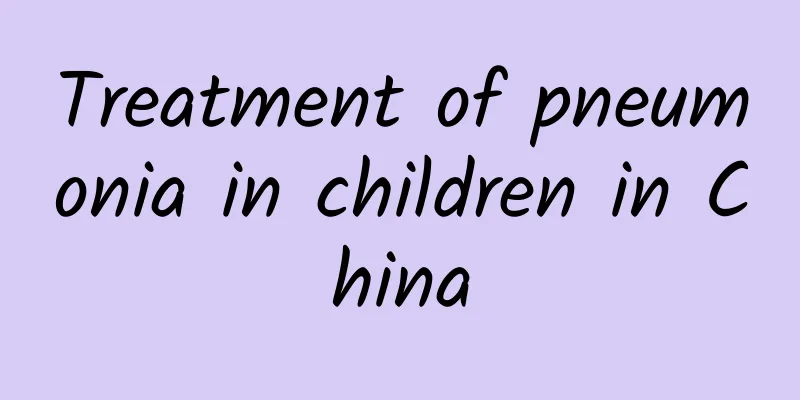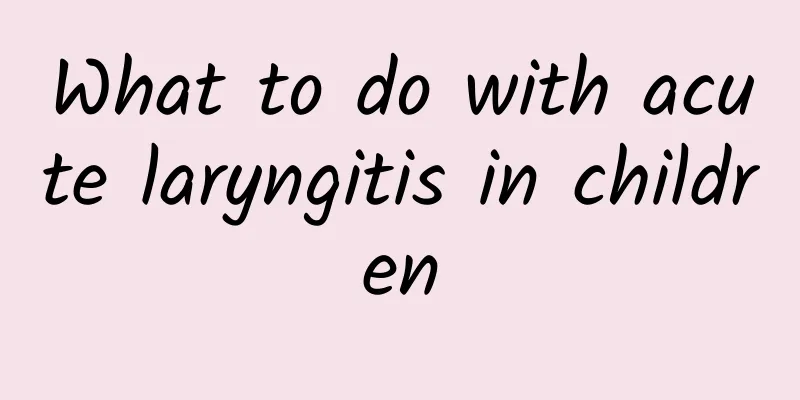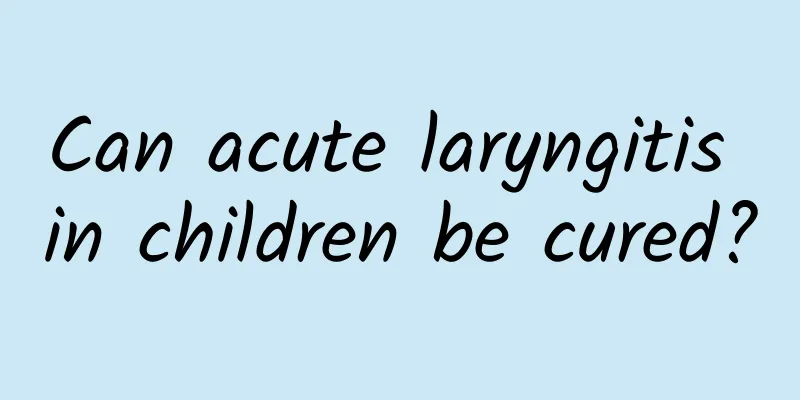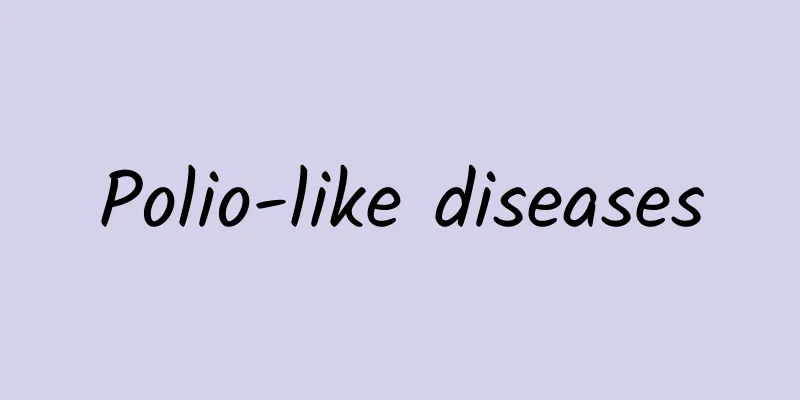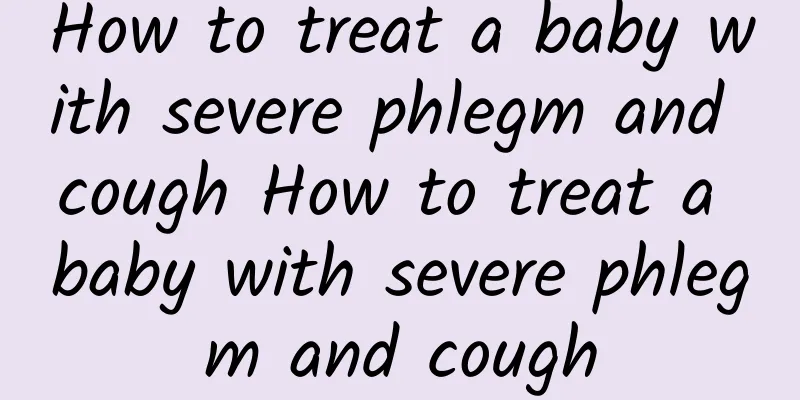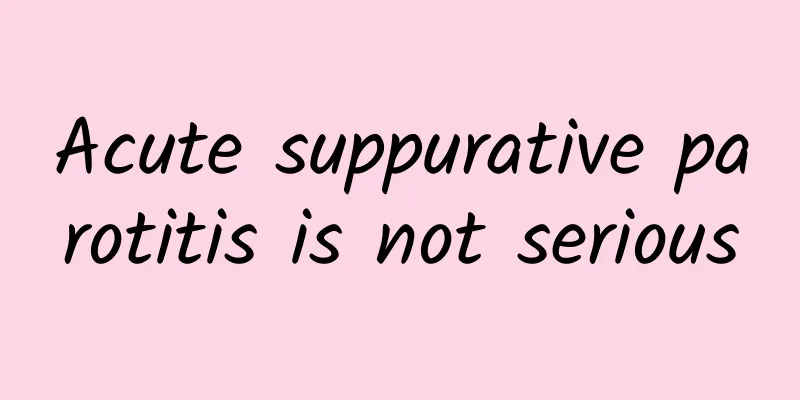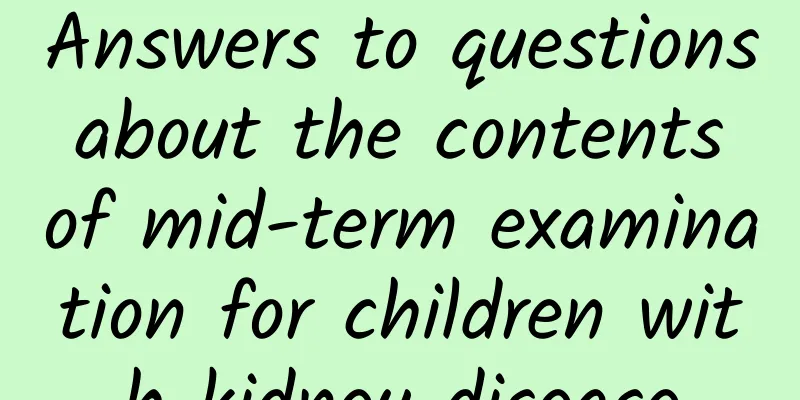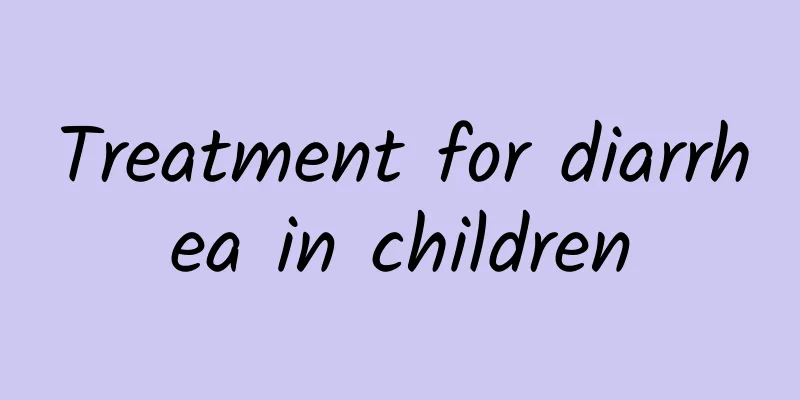Symptoms of different types of hand, foot and mouth disease
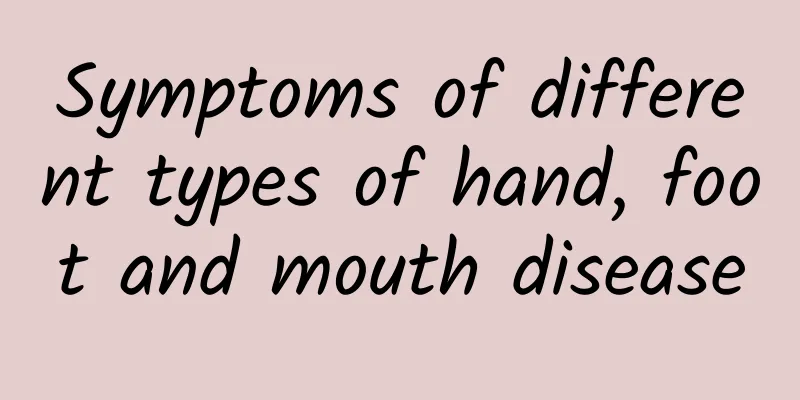
|
What are the symptoms of different types of hand, foot and mouth disease? We all know that there is more than one type of hand, foot and mouth disease. This is mainly due to different causes of the disease. So what are the symptoms of different types of hand, foot and mouth disease? Let's take a look together. 1. General symptoms: (1) Acute onset, incubation period of 3 to 5 days, with prodromal symptoms such as low fever, general discomfort, abdominal pain, etc. Scattered painful millet-sized to mung bean-sized blisters appear on the oral mucosa, and maculopapular rashes and herpes appear on the hands and feet. The initial onset is maculopapular rashes, which later turn into herpes, which are round or oval, about 3-7mm, like the size of rice grains, smaller than the chickenpox rash, harder in texture, with a red halo around it, less fluid in the blisters, and dot-like or flaky erosions can be seen under the gray-white membrane. After the rash subsides, no scars or pigmentation are left. If there is a secondary infection, the skin damage will often be aggravated. (2) In addition to the hands, feet and mouth, the rash can also be seen on the buttocks and near the anus, and occasionally on the trunk and limbs. It dries up and disappears after a few days, and the rash is non-itchy and painless. (3) Some children may develop generalized papules and blisters, accompanied by aseptic meningitis, encephalitis, myocarditis, etc. They may also be accompanied by symptoms such as cough, runny nose, loss of appetite, nausea, vomiting, and headache. (4) Some cases only present with rash or herpetic pharyngitis. The entire course of the disease is about 5-10 days, and most cases can heal on their own, with a good prognosis and no sequelae. 2. Symptoms of severe cases: In a few cases (especially those under 3 years old), encephalitis, encephalomyelitis, meningitis, pulmonary edema, circulatory failure, etc. may occur. (1) Respiratory system manifestations include: shallow and difficult breathing, changes in respiratory rhythm, cyanosis of the lips, white, pink or bloody foamy fluid (sputum) in the mouth, and sputum sounds or moist rales in the lungs; (2) Neurological manifestations include: poor spirit, drowsiness, headache, vomiting, easy to startle, limb tremor, weakness or paralysis; physical examination may show meningeal irritation and weakened or absent tendon reflexes; critical cases may show frequent convulsions, coma, cerebral edema, and brain herniation; (3) Circulatory system symptoms include: pale complexion, increased or decreased heart rate, shallow, rapid, weakened or even absent pulse, cold limbs, cyanosis of fingers and toes, and increased or decreased blood pressure. 3. Types of hand, foot and mouth disease: 1. Coxsackievirus A: It is more common in children, with 21.7% of infections in adults. In addition to the above clinical manifestations, the main features are acute fever and rash. Meningoencephalitis is accompanied by Guillain-Barré syndrome and acute viral cardiomyopathy. Enterovirus CoxA16 hand, foot and mouth disease There are more than 20 types of enterovirus that can cause hand, foot and mouth disease, among which Coxsackievirus A16 (CoxA16) and enterovirus 71 (EV71) are the most common. The pathogen of hand, foot and mouth disease discovered in the early stage was mainly CoxA16. Generally speaking, the sequelae of Coxsackie A16 are less than those of EV71. 2. Coxsackievirus B: Infection causes characteristic infectious chest and rib pain (epidemicpleurodynia), the so-called Bornholm's disease, which may be accompanied by meningoencephalitis, myocarditis, fever, Guillain-Barré syndrome, hepatitis, hemolytic anemia and pneumonia. Enterovirus 71 hand, foot and mouth disease Fever is a common clinical symptom of EV71 infection in infants and young children. The vast majority of patients are infants under 6 months old. Acute respiratory disease is another common clinical symptom of EV71 infection, which includes some common respiratory symptoms, such as pharyngitis, asthma, bronchiolitis and pneumonia. The age of onset is generally 1 to 3 years old and requires hospitalization. EV71 involvement of the nervous system often occurs in children under 5 years old, with the highest incidence in children aged 1 to 2 years old. The main manifestations are aseptic meningitis, encephalitis and paralytic diseases, which often occur in children under 5 years old, with the highest incidence in infants under 1 year old. The clinical manifestations vary, and the severity of the disease varies. It is generally manifested as clonus, vomiting, ataxia, intention tremor, nystagmus and emotional indifference. MRI and EEG examinations of the head can help to determine the severity of the disease. Hand, foot and mouth disease, an epidemic that children are susceptible to Bronchiolitis and pneumonia, the age of onset is generally 1 to 3 years old, and hospitalization is required. EV71 involving the nervous system often occurs in children under 5 years old, with the highest incidence in children aged 1 to 2 years old. The main manifestations are aseptic meningitis, encephalitis and paralytic diseases, which often occur in children under 5 years old, with the highest incidence in infants under 1 year old. The clinical manifestations vary, and the severity of the disease varies, generally manifested as clonus, vomiting, ataxia, intention tremor, nystagmus and emotional indifference. Brain MRI and EEG examinations can help to clarify the severity of the disease. |
<<: What are the three types of hand, foot and mouth disease?
Recommend
What medicines are used for children with pneumonia
Only the right medicine can be effective quickly,...
How to care for children with diarrhea
Diarrhea is a common disease in babies. Family ca...
What type of disease is Kawasaki disease
Kawasaki disease is a rare but important childhoo...
How to tell if your child has jaundice? Check out these 3 symptoms to see if your child has jaundice
Many friends don't want to see their children...
What to do if your baby has a cough and runny nose? What are the treatment methods for your baby's cough and runny nose?
When a baby has a cough and runny nose, the follo...
Is pneumonia hereditary in children?
Pneumonia is not a hereditary disease, but a comm...
How to prevent jaundice in newborns? Pay attention to these when preventing jaundice in newborns
To prevent neonatal jaundice, the baby must be br...
Kidney disease treatment in children
Kidney disease is a clinical syndrome caused by m...
What are the symptoms of allergic cough in children? How to prevent allergic cough in children?
Cold air, animal hair, etc. may induce allergic c...
What should I do if my 2-month-old baby has phlegm in his throat?
When a 2-month-old baby has phlegm in his throat,...
How to treat and care for infant allergic eczema
At present, oral medications should be avoided as...
What are the symptoms of viral cold in babies? 3 ways to care for viral cold in babies
Viral colds are usually upper respiratory tract i...
What does the examination for pneumonia in children include?
Getting sick is not scary, what is scary is that ...
What medicine should children take for diarrhea and indigestion?
What medicine should children take for diarrhea a...
Diet for children with diarrhea syndrome
Although there are many ways to treat diarrhea in...
